Iraq’s Drone Purchase Signals a Shifting Alliance
The Iraqi military’s recent acquisition of the CH-5 or Caihong-5 drone from China marks a significant development in international military relations and the growing influence of Chinese technology in the Middle East. This move is indicative of the broader trend where Middle Eastern Countries, traditionally aligned with the U.S., are turning to China for their defense needs.


China’s Strategic Play in the Middle East
Jean-Loup Samaan, a Senior Research Fellow at the Middle East Institute of the National University of Singapore, sheds light on this shift. He points out that Chinese military systems offer an attractive alternative due to their affordability and lack of political conditions, unlike their American counterparts which are often restricted by export limitations.
Samaan elaborates, Newsweek reports, “There is an added value of Chinese military systems, which are cheaper products and have no strings attached.”
This statement underscores the appeal of Chinese military hardware in regions facing U.S. restrictions.
From 2008 to 2018, China expanded its drone market significantly, selling 181 drones to 13 countries, with notable customers including the UAE, Saudi Arabia, and Egypt. These drones, including the CH-5—also known as Rainbow-5—developed by the state-owned China Aerospace Science and Technology Corporation, are not just tools of warfare but also symbols of diplomatic ties and technological prowess.
Iraq’s Drone Capabilities and Strategic Implications
The CH-5 drone is a technological marvel, capable of flying up to 60 hours and covering a range of over 6,200 miles. It was showcased at the International Defense Exhibition in Baghdad, indicating Iraq’s intent to strengthen its military capabilities independently of U.S. influence. This acquisition is part of a broader strategic partnership with China initiated in 2015, which also includes significant Chinese investments in Iraq’s natural resources, primarily oil and gas.

This partnership has not only enhanced Iraq’s military capabilities but also allowed China to secure substantial economic interests in the region. For instance, the China National Petroleum Corporation recently became the lead contractor at Iraq’s largest oil field, West Qurna 1, marking a significant shift from American to Chinese influence in Iraq’s economic and military spheres.
The reported CH-5 UAV Specifications:
- The CH-5 Rainbow UCAV
- Wingspan: 21 meters
- Payload: 1,000 kg
- Maximum Takeoff Weight: > 3 tones
- Service Ceiling: 9 km
- Endurance: 60 hours
- Range: 10,000 km
- CH-5 Drone Speed: 480 km/h
Balancing Global Influences
Iraq’s purchase of the CH-5 drone from China is more than a simple transaction; it’s a statement of strategic realignment and independence. As Samaan notes, this can be seen as “Baghdad’s balancing act vis-à-vis the U.S.,” signaling a deeper geopolitical shift. This move reflects a growing trend in which nations within the U.S. sphere of influence are increasingly turning to China for more favorable economic and military agreements. As these dynamics continue to evolve, the global balance of power may see significant realignments, with drones playing a pivotal role in this new era of international relations.
Photo credits X / Twitter
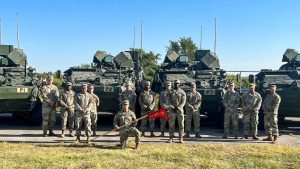


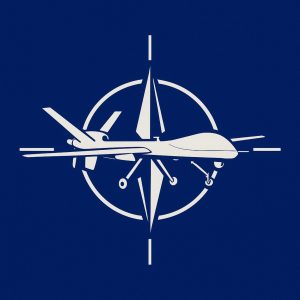
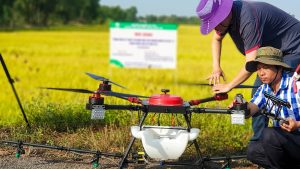
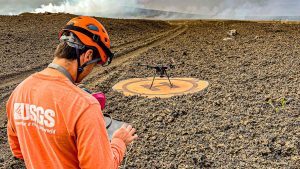

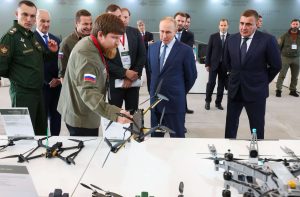
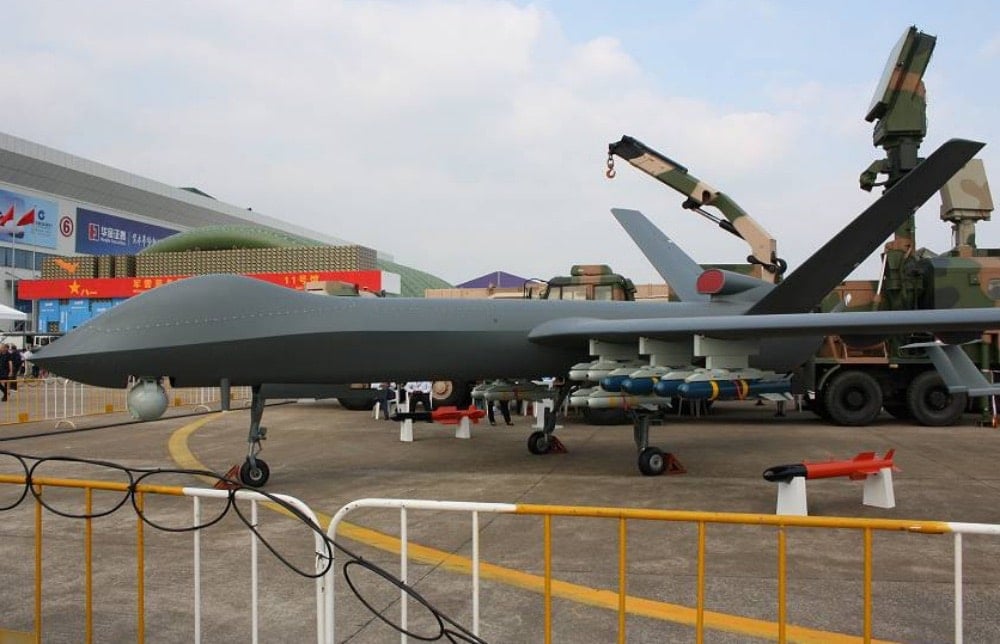
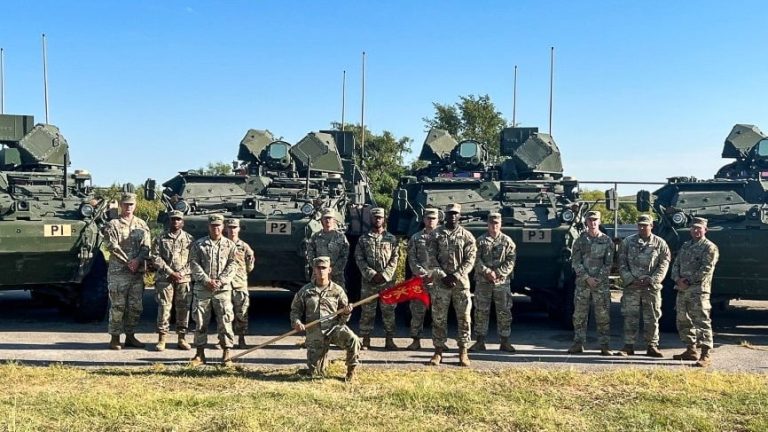



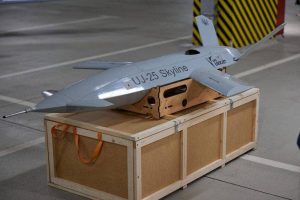

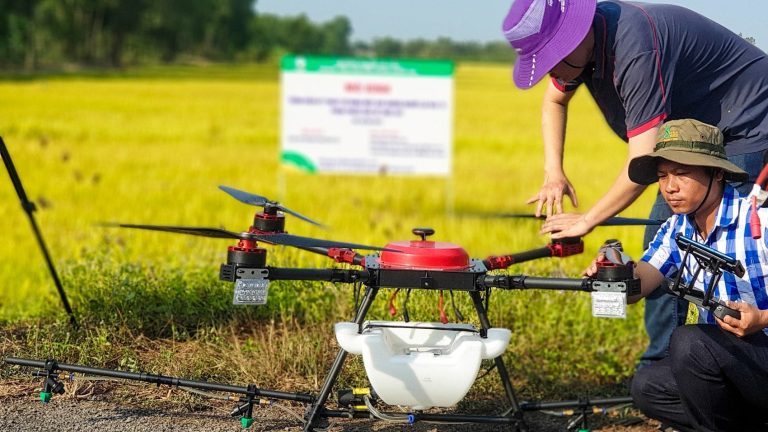


+ There are no comments
Add yours